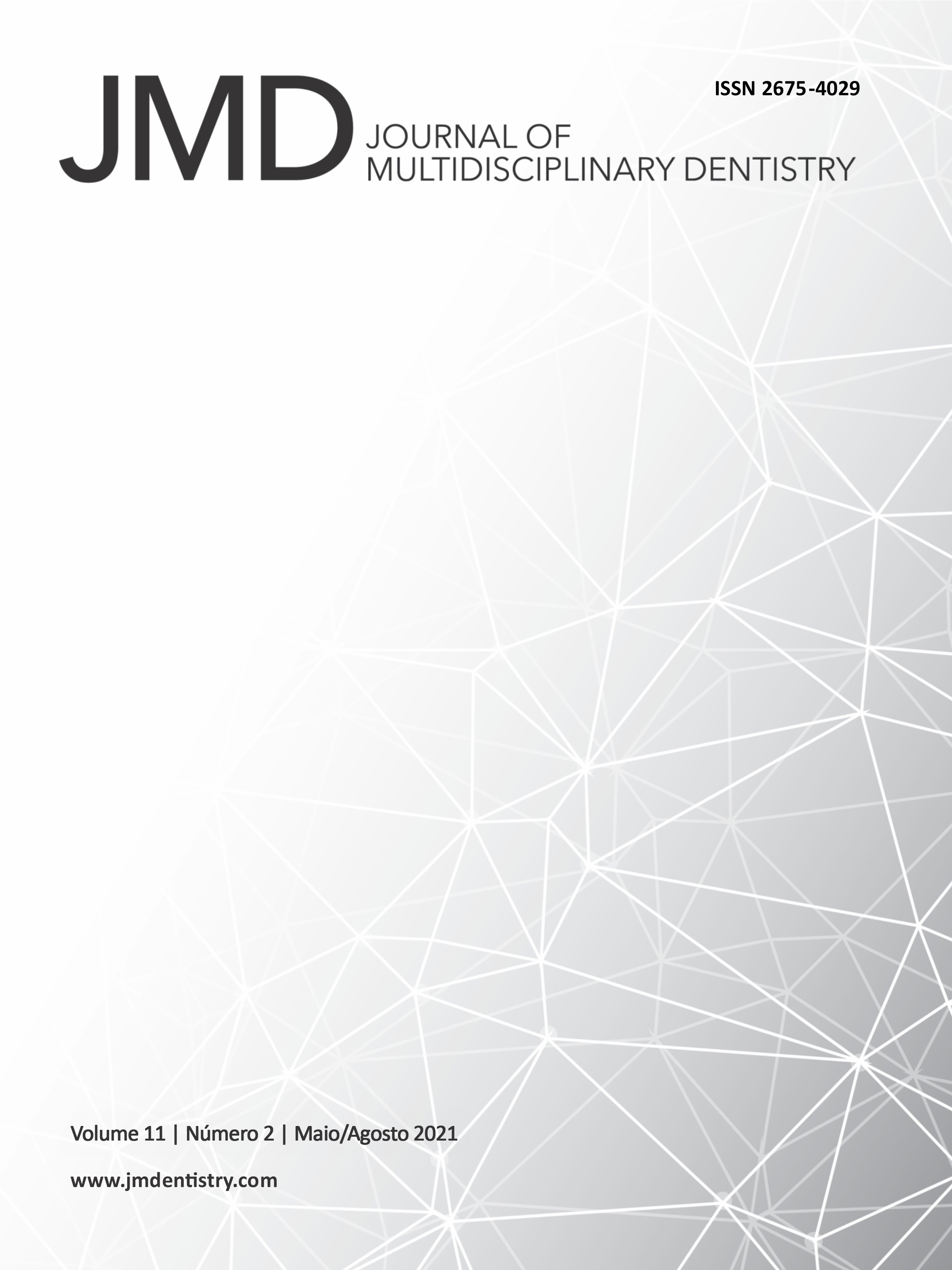Use of short implants in regions of bone atrophy: the state of the art
DOI:
https://doi.org/10.46875/jmd.v11i2.783Keywords:
Dental prosthesis, Dental implants, OsseointegrationAbstract
Oral rehabilitation treatment using dental implants is well established in the literature. However, there are still many challenges in obtaining adequate bone structure using all kinds of grafting procedures, bone expansions, and even manipulation of anatomical structures to enable safe implant installation. Short implants were introduced as an approach to simplify implant installation in regions where bone atrophy prevents the installation of conventional implants. The study included some classic articles by renowned authors and those we considered most relevant obtained from the PubMed database between 1990 and 2020, initially choosing 60 articles. Of these, only 29 were selected for the review. The articles considered aspects such as: length, diameter, and topography of the implant surface, placement of short implants in native bone versus implants in grafted bone, occlusal and parafunctional forces, types of prostheses, and crown-to-implant ratio. The survival rates, success rates, and failure rates of short implants in follow-up periods of 1 to 20 years were observed. The results of these studies showed that short implants are a viable therapeutic option that is widely accepted by patients in regions of bone atrophy.


